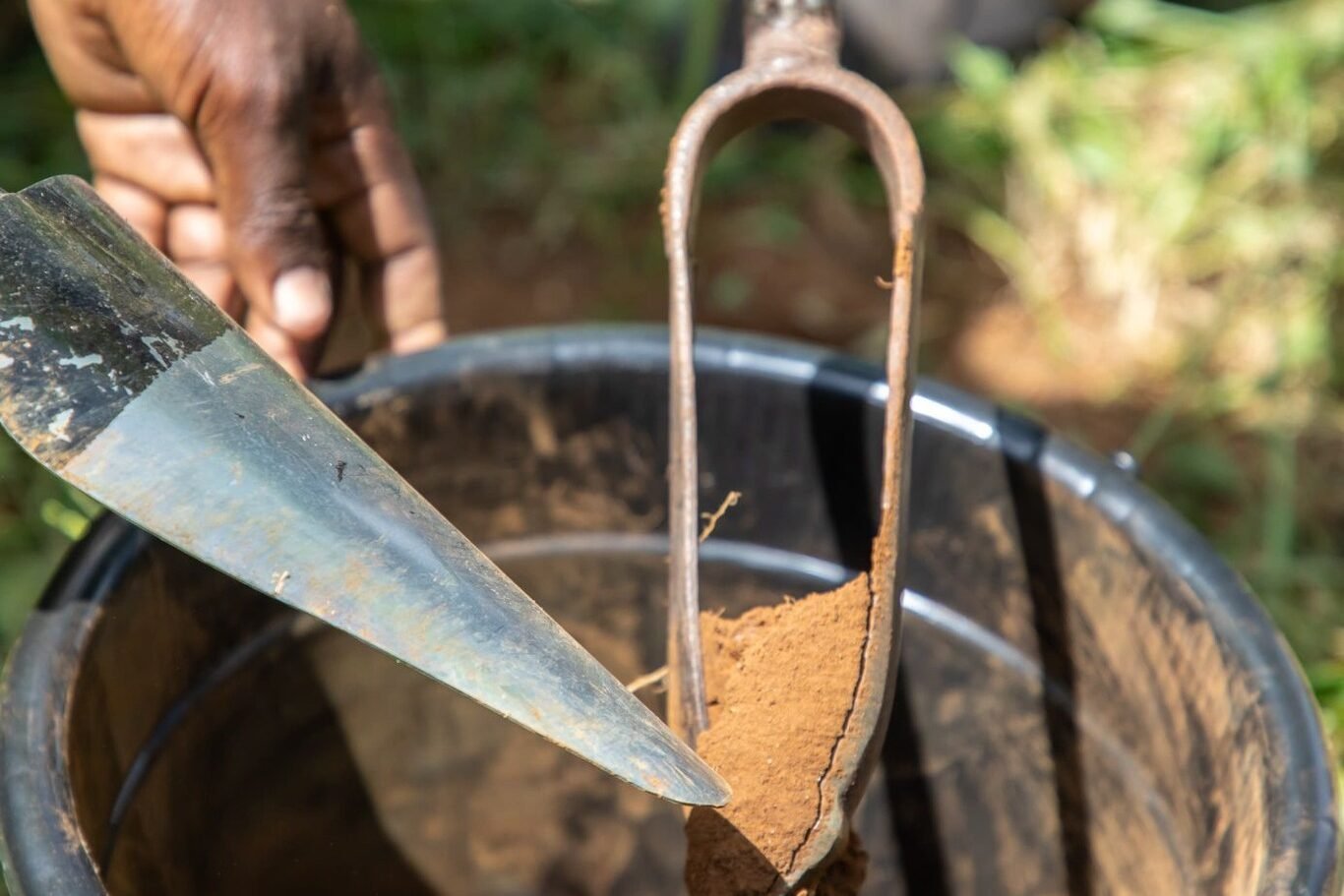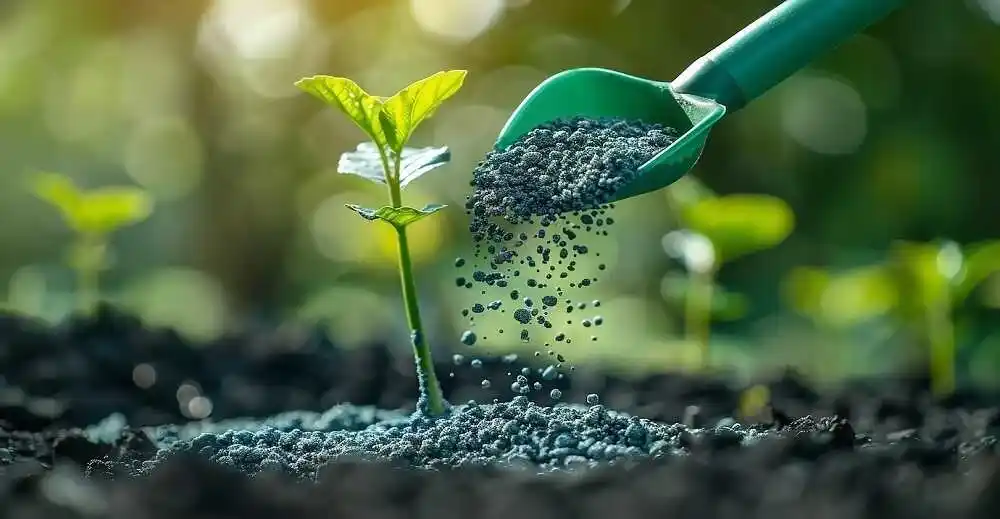Healthy soil is the very foundation upon which successful and sustainable agriculture is built. It’s far more than just inert dirt; it’s a dynamic, living ecosystem teeming with a complex web of microorganisms, decaying organic matter, and the essential nutrients that plants rely on for vigorous growth and development. Overlooking the critical role of soil health can lead to a cascade of negative consequences, including diminished crop yields, increased vulnerability to a wide range of pests and diseases, and ultimately, a significant reduction in overall farm profitability.
“To forget how to dig the earth and to tend the soil is to forget ourselves.” – Mahatma Gandhi
This comprehensive article delves deep into the essential soil management techniques that are crucial for improving farm productivity and long-term environmental sustainability. Implementing these proven practices can unlock the full potential of your land and lead to a more resilient agricultural operation.
1. Soil Testing: Know Your Ground – The Diagnostic Key
Before embarking on any soil management strategy, the absolute first step is to gain a thorough understanding of your soil’s unique characteristics. Regular soil testing acts as a crucial diagnostic tool, providing invaluable insights into a range of critical parameters. This includes the precise levels of essential plant nutrients such as nitrogen (N), phosphorus (P), and potassium (K), as well as the soil’s pH (acidity or alkalinity), the percentage of vital organic matter content, and the potential presence of any nutrient deficiencies or toxicities. Establishing a routine of conducting soil tests at appropriate intervals allows for the development of highly tailored fertilization and soil amendment strategies, ensuring that resources are applied efficiently and effectively, precisely meeting the specific needs of the crops being grown.

2. The Power of Organic Matter: Nature’s Soil Conditioner
Increasing the organic matter content of your soil is arguably one of the single most beneficial actions you can take to improve its overall health and fertility. Organic matter, composed of decomposed plant and animal residues, acts as a natural soil conditioner. It significantly improves soil structure, creating better aggregation and pore space, which enhances both water infiltration and retention. Furthermore, it serves as a slow-release reservoir of essential nutrients, making them available to plants over time. Organic matter also provides a vital food source for beneficial soil microorganisms, contributing to a thriving soil ecosystem. Practical strategies for boosting organic matter include incorporating cover crops into your rotation, regularly adding well-composted manure or plant-based compost, and adopting reduced or no-tillage farming practices.
“The nation that destroys its soil destroys itself.” – Franklin D. Roosevelt
3. Smart Fertilization: Precision Nutrient Delivery
While fertilizers play a crucial role in providing plants with the nutrients they need for growth, an indiscriminate or excessive use can be detrimental to both soil health and the surrounding environment. Emphasizing the principles of balanced fertilization, always informed by the results of comprehensive soil tests and a thorough understanding of the specific nutrient requirements of the crops being cultivated, is key. Precision application techniques such as banding (placing fertilizer in narrow strips near the seed or plant row) and side-dressing (applying fertilizer along the side of established plants) ensure that nutrients are delivered efficiently directly to the plants’ root zone, minimizing waste through leaching or runoff and maximizing nutrient uptake by the crops.

4. Crop Rotation: Breaking Cycles and Building Resilience
The continuous planting of the same crop in the same field, known as monocropping, can lead to the depletion of specific soil nutrients and the undesirable buildup of crop-specific pests and diseases. Implementing a well-planned crop rotation, which involves planting different crops in a planned sequence over time, helps to disrupt these negative cycles. Crop rotation can improve soil fertility by alternating crops with different nutrient needs and root systems, reduce pest and disease pressure by breaking their life cycles, and even improve soil structure.
5. Conservation Tillage: Minimizing Soil Disturbance for Long-Term Health
Conventional tillage practices, which involve extensive plowing and harrowing, can have detrimental effects on soil health. Excessive soil disturbance can disrupt the delicate soil structure, lead to increased soil erosion by wind and water, and accelerate the decomposition of valuable organic matter. Conservation tillage practices, such as no-till farming (planting directly into undisturbed soil) or reduced tillage (minimizing the intensity and frequency of tillage), help to maintain soil structure, conserve soil moisture, and protect organic matter, contributing to a healthier and more resilient soil ecosystem in the long run.
Implementing these essential soil management techniques is a cornerstone of sustainable and productive agriculture, leading to healthier soils and consistently more profitable farms.






